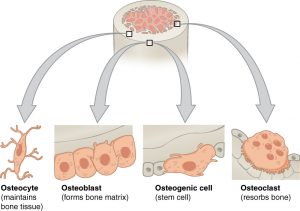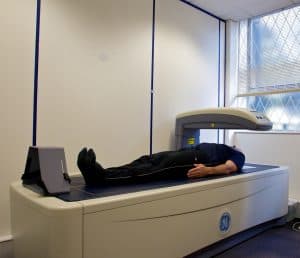Bone Biology Review: What Does New Research Show?

There is considerable scientific knowledge about the causes, prevention, and treatment of bone disorders, but many gaps remain in this information. For example, it is not clearly understood why fractures occur in so many people. In this bone biology review, we look at some of the recent discoveries in skeletal genetics and metabolism that are expected to improve our understanding of bone health.



